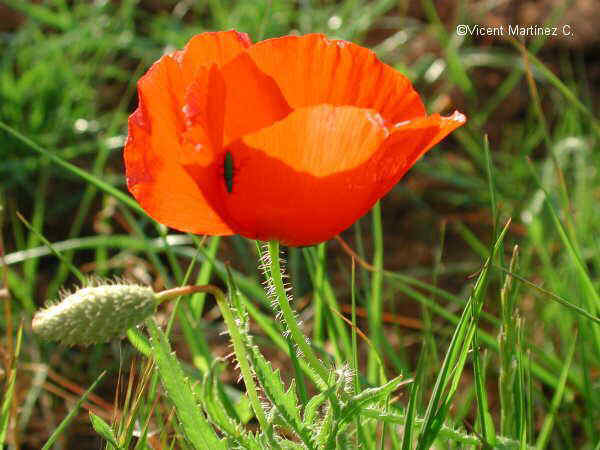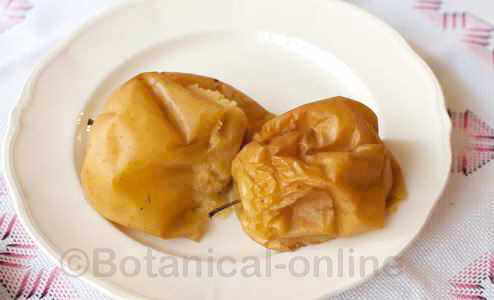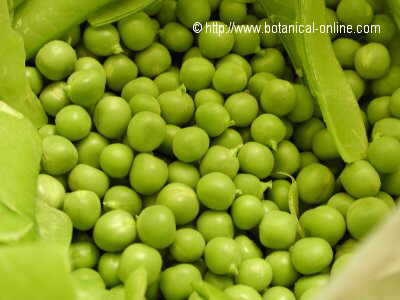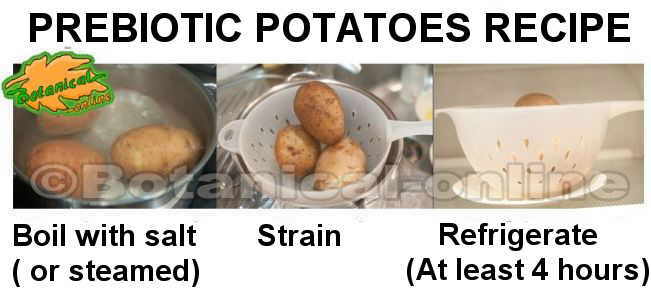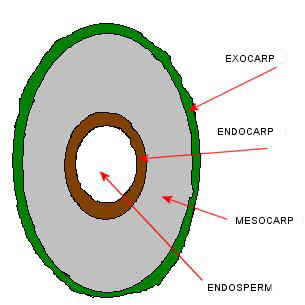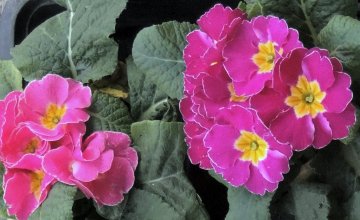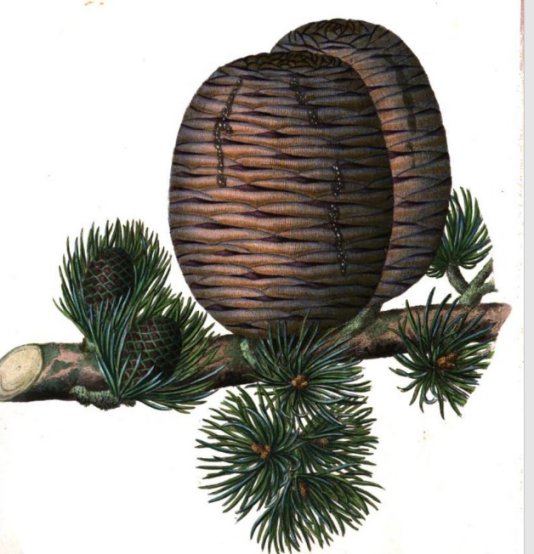Contents
What is a barberry plant?
Characteristics of barberry (Berberis vulgaris)
Common name: Common barberry, sowberry, pipperidge
Scientific name: Berberis vulgaris L.
Family: Berberidaceae
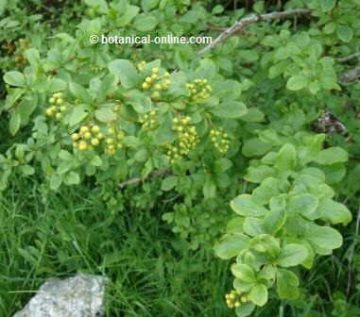
Origin: Barberry is a plant native to Europe and the Caucasus.
Habitat: It is found in deciduous forests, roadsides, sunny sites and calcareous soils.
Description of barberry
Deciduous, thorny shrub, 2 – 3 m high. Stem branched from the base. Reddish, arched or hairless branches, with groups of 3-5 spines.
Obovate leaves with serrated margins.
Flowers grouped in axillary clusters, yellow in colour. It flowers between April and July.
Fleshy, berry-shaped fruit, elongated, 8 – 10 mm long, red or bluish black in colour. These have a whitish wax that comes off when rubbed. The fruit is very acidic and contains two seeds inside.
Harvesting barberry
The bark and leaves are collected and dried in the shade and then stored in airtight glass jars. The root is very rich in active components (6% alkaloids) and its use is not recommended without medical supervision.
The red fruits are edible and are used fresh (for jams, jellies, etc.). They are known to be rich in vitamin C and have a slight laxative effect.
Components of barberry
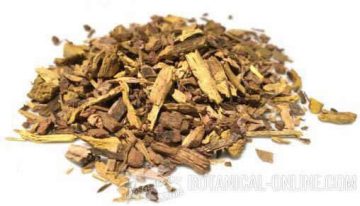
The medicinal components of barberry are concentrated mainly in the root and bark of the plant:
- Alkaloids (2-3%): In the leaves and bark. Mainly berberine and, to a lesser extent, other alkaloids such as: berbamine, oxyacanthine, magnoflirine, berberubine, berbamine and columbamine.
- The fruits do not contain alkaloids. They are rich in vitamin C and capsanthin. They have laxative properties.
- Flavonoids: Beta-carotene, lutein, quercetin, zeaxanthin, camferol.
- Organic acids: celidonic acid, malic acid, caffeic, citric, sinapic, tartaric.
- Tannins
![]() More information on barberry
More information on barberry

